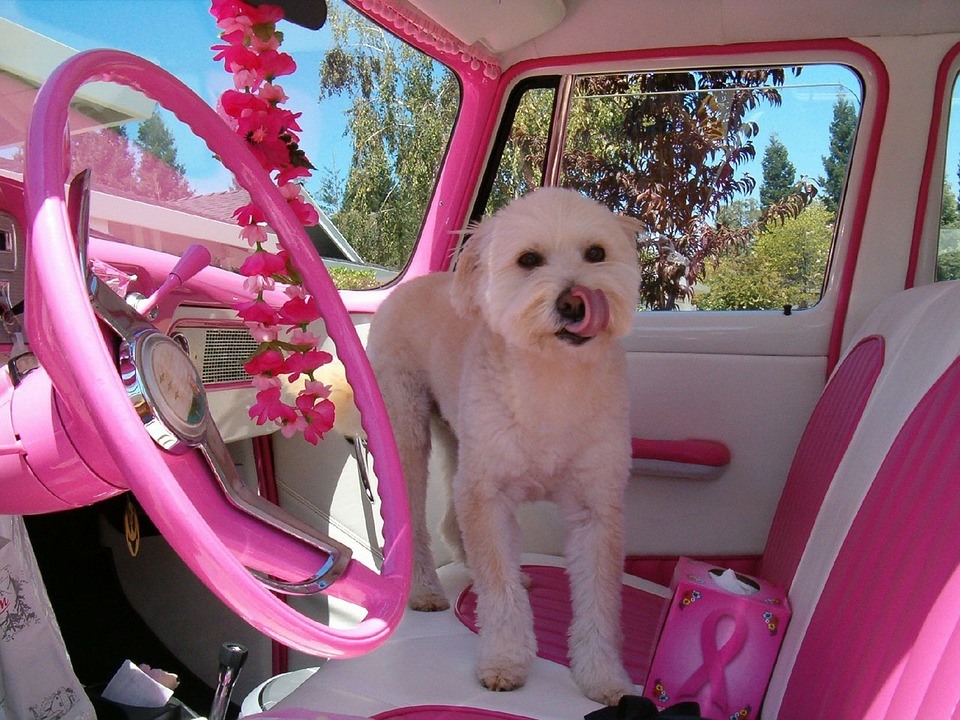Here are some safety aspects you need to consider before getting a car seatbelt for your dog.
Humans are lucky enough to have access to standard seat belts, which are designed to fit the majority of users, with extensions available for larger people or pregnant women. We can rely on them providing us all with the same kind of extra safety should we be unfortunate enough to have a car accident.
Sadly it’s not as straightforward when it comes to buying a car seatbelt for your dog, as not all types are safe for all animals.
With safety in mind here’s what you need to think about before making a definite purchase.
Getting the size right
Mid-sized and large dogs should be secured with a harness, while small dogs need a harness with or without a special dog seat. Harnesses come in several designs, such as the type that loops over the dog’s shoulders and the car seat belt is then put through these loops and fixed into place, while others fit over more of the dog and are clipped into the seat belt slot with a dedicated clip.
 Either way, there shouldn’t be a lot of slack as a sudden stop could easily see the dog fly forward off the seat as far as the belt will let it.
Either way, there shouldn’t be a lot of slack as a sudden stop could easily see the dog fly forward off the seat as far as the belt will let it.
It is vital to buy the right size of harness. And of you are unsure how to measure your dog ask a vet or vet’s nurse for help. It should also be comfortable for your dog to wear, so avoid anything too stiff, and keep the thick straps for dogs with broader chests.
Dog seat belt clips and headrest restraints – are they safe?
By far the easiest way to travel with a dog in your car is when they have a harness attached to the seat belt plug by a clip. There’s nothing to install, and they work well for calm animals that travel well and they make it easy to take your dog along in someone else’s car too.
The major potential problem is that a restless dog could accidentally catch and release the seat belt clip, and then be loose in the car.
The alternative is the type of dog car seat belt that clips to the harness at one end then loops around the car headrest behind the dog at the other. These are safer for dogs who can’t sit still, but you must make sure the length is too short for the dog to fall forward off the seat and be left dangling.
Consider your dog’s individual needs
Some dogs are happy to sleep through a car journey; others want to be part of whatever is going on in the car.
Nosy dogs which are small in stature enjoy the extra height a car dog seat offers, but remember they need to be restrained by a harness which attaches closely to the booster seat – with enough give to lie down if they wish – and the seat should also be firmly anchored to the car itself.
Final Words
So now that you’ve read through our article you should feel more confident in choosing the best seat belt for your dog. If you want to travel safety with your pet then you need to take your time when making this decision, it’s important and you don’t want to get it wrong.

















